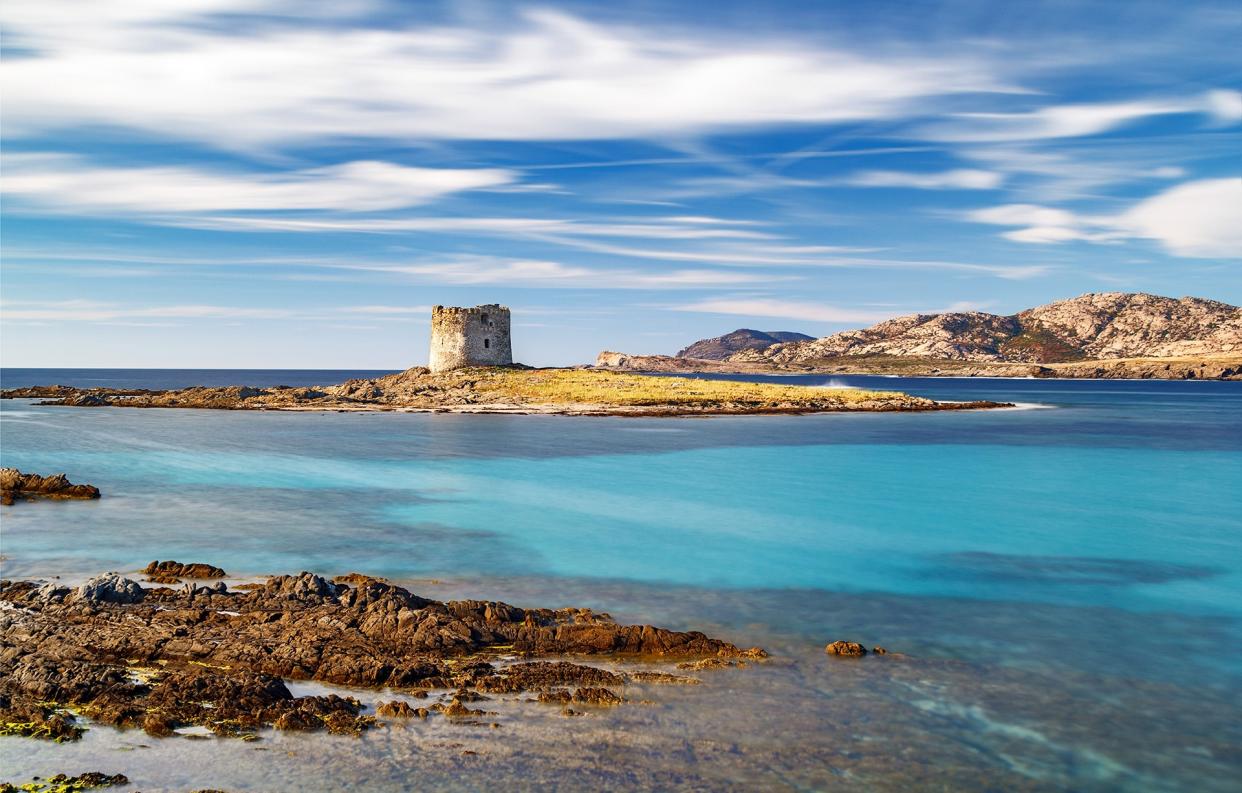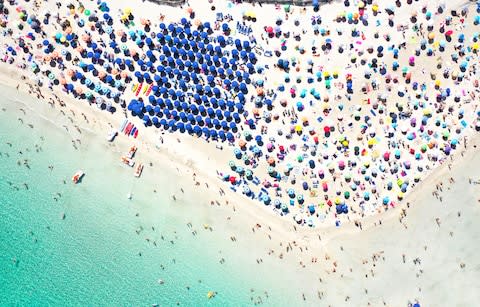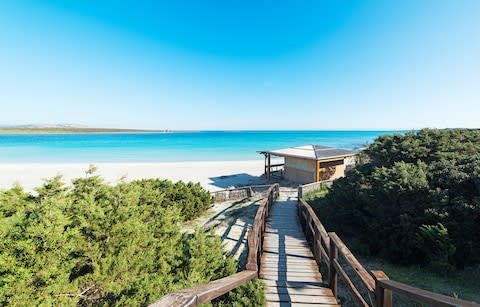Beach in Sardinia to charge entry fee to curb overcrowding

Frolicking on the white sands and bathing in the pristine waters of La Pelosa beach, Sardinia, will soon come with a price.
Authorities in Stintino, which oversee the popular beach on the north-west tip of the Italian island, are planning to charge an entry fee in an effort to limit visitors. La Pelosa attracts thousands each summer.
The charge could come into effect as early as summer 2020, the town’s mayor Antonio Diana revealed at a city council meeting.
Mr Diana said that environmental impact studies warned of the potential damage overcrowding could do to the beach, and that an entry fee - the cost of which is not yet clear - would help pay for supervision and maintenance of the beach.
Authorities will also trial a cap of 1,500 visitors per day from next summer.

Local tourism councillor Francesca Demontis said: “The ticket will allow us to cover the expenses for Pelosa and distribute the proceeds also for the maintenance and cleaning of the other beaches. I am convinced that we can achieve a good result.”
Authorities have already banned beach towels and beach bags from La Pelosa to prevent visitors picking up sand, whether accidentally or on purpose. Smoking and traders are also prohibited on the beach.
It is a crime to take sand or pebbles from the island’s beaches; doing so can result in a fine of between €300 and €5,000 (£257-£4,288)
Tourists who have stolen sand from the region in the past have faced substantial charges and prison sentences. Each year several tonnes of sand, shells and stones disappear from Sardinia’s coast.
The popularity of the island's beaches have caused Sardinia further problems.
In October, visitors were told not to rely on Google maps when navigating their route to the region’s coast following dozens of incidents in which tourists were directed down dirt tracks.
Local authorities issued warnings and put up signs after the app suggested routes that took vehicles down tracks only accessible by foot or four-wheel drive.
Stintino isn’t the first Italian destination to consider an entry fee. The medieval village of Civita di Bagnoregio began charging an entry fee in 2013 while Venice will impose a tax on tourists to the World Heritage site from July 1, 2020.
The Venice tourist levy has been discussed for more than a year as overtourism has proved a persistent problem in the city. The money made will contribute towards the upkeep of the lagoon city with the charge aimed at the millions of day-trippers.
When the tax comes into force, visitors will pay €3 (£2.50) in the low season, €8 (£6.90) in the high season and up to €10 (£8.60) in “critical periods”, such as over summer weekends.

The mayor of two Cinque Terre villages took a different approach in July, demanding that train companies cap the number of visitors who can arrive in the tourist hotspots at the same time.
Unesco-listed Cinque Terre receives around 2.5 million visitors each year, causing overcrowding in the streets of its scenic hilltop villages.
Some of the world’s most popular beach resorts and cities charge, or plan to charge, visitors. The Mexican state of Baja California Sur last week announced its fee payable on arrival at the airport.
Inspiration for your inbox
Sign up to Telegraph Travel's new weekly newsletter for the latest features, advice, competitions, exclusive deals and comment.
You can also follow us on Twitter, Facebook and Instagram.


